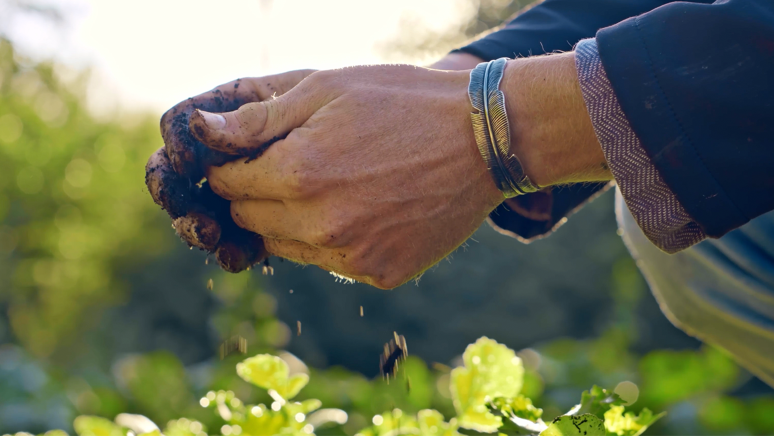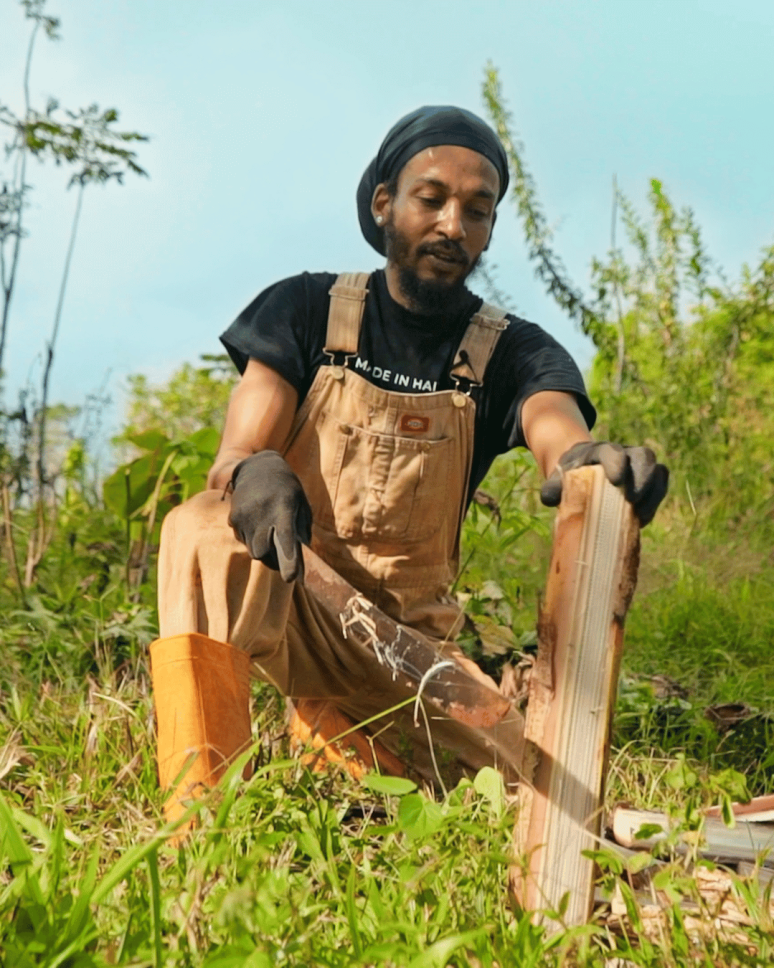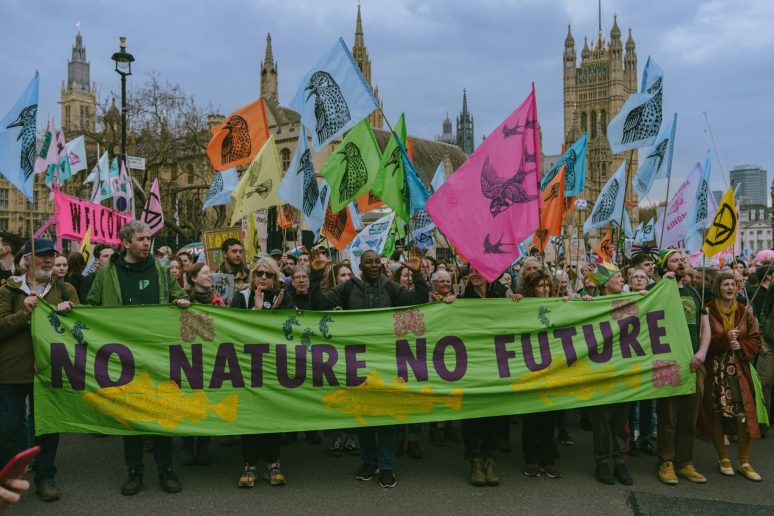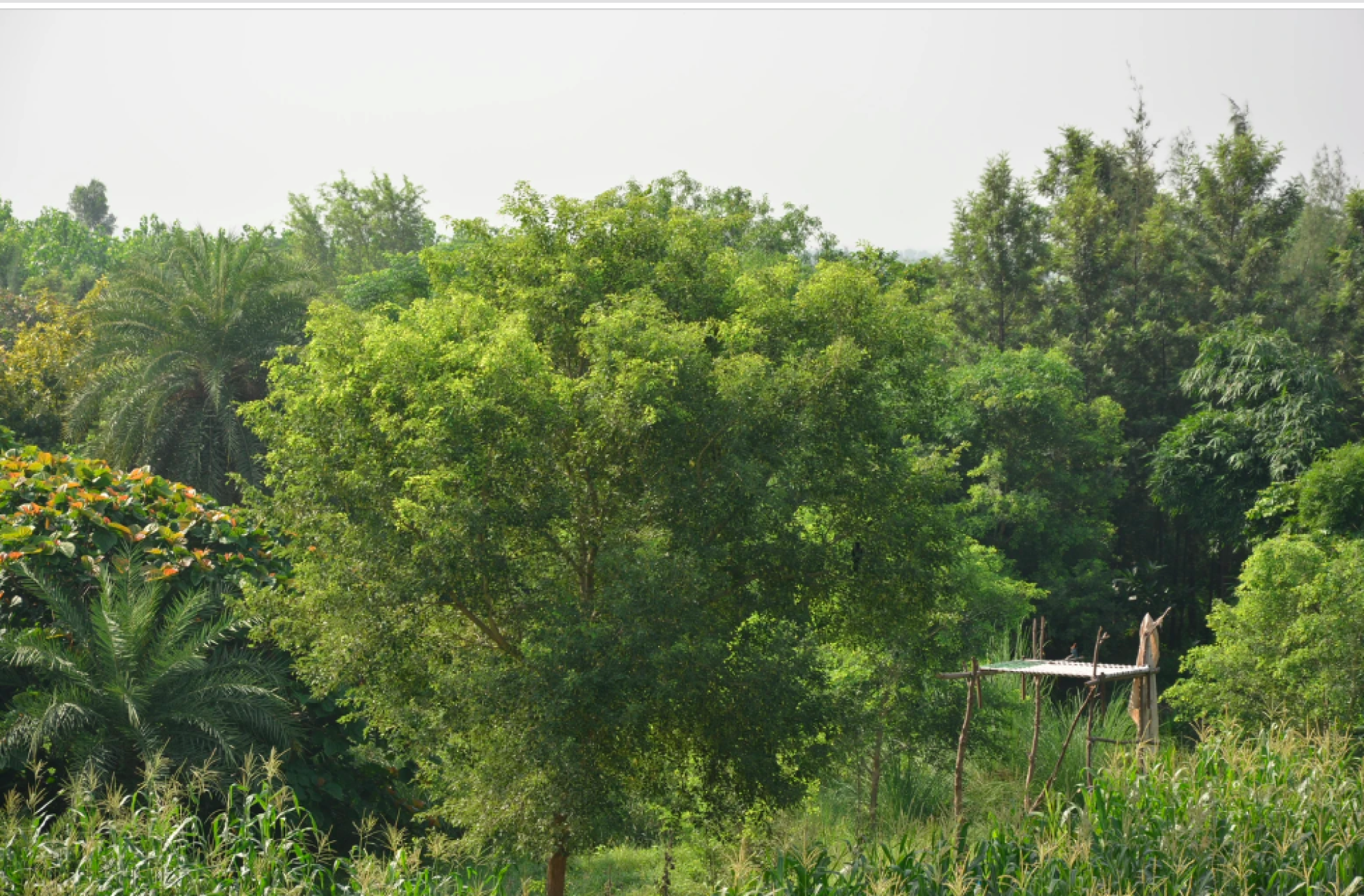
What is a Food Forest?
“Food forests,” also called “forest gardens” or “edible forests,” is shorthand for the practice of cultivating forest ecosystems for human food production. Sometimes this looks like leveraging an existing forest to slowly integrate edible plants. Increasingly, it is the practice of imitating forest-like structures to increase the biodiversity, efficiency, and sustainability of food production systems.
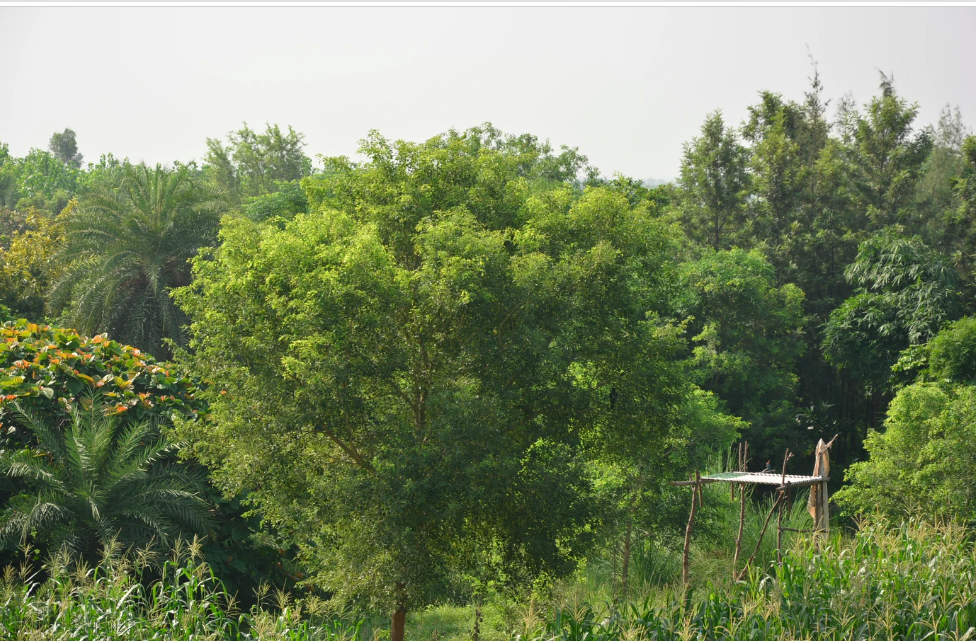
There are two key features of a food forest: plant layers and plant types.
Plant layers exist to mimic the verticality of forests. While farms and gardens, as we have come to know them, tend to grow along the ground in long, flat planes, forests are far more three-dimensional. They grow out and up. Therefore creating extensive layering from canopy to ground that allows for much more life in a single area.
This profusion of life is what makes forests such healthy places.
In forests, things like pest-management, fertilization, weed suppression, pollination, and nitrogen-fixation are all happening naturally. As are greater eco-system functions, like water retention, carbon sequestration, and climate stabilization— and forest layers are what make that all possible.
Layering is key in food forests. In a nutshell, these are the layers you’d want in a food forest, moving north to south:
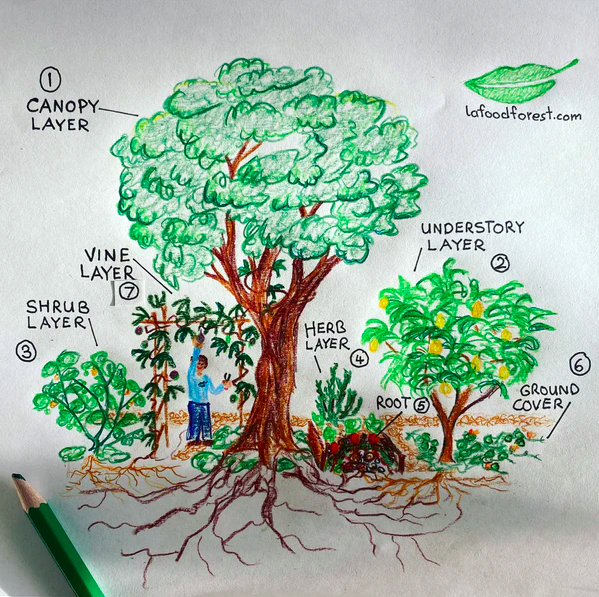
Canopy or Overstory: This is your tallest layer, comprised mostly of large fruit and nut trees such as pecans, walnuts, or chestnuts. This layer has the fullest sun.
Understory: Smaller nut and fruit trees that can tolerate partial shade make up the understory. Here you can find things like persimmon or apples.
Vines: Grapes and other shade-tolerant climbers live in the vine layer, using overstory and understory trees as trellising.
Shrubs: The partial shade of the shrub layer is excellent for fruiting shrubs like huckleberry, elderberry, and currant.
Herbaceous: This layer is where you’ll find herbs like rosemary, lavender, and mint. Plus a whole host of other leaf-bearing, perennial plants like rhubarb and asparagus.
Groundcover: This is the soil layer and is made up of horizontally spreading cover crops like sorrel, alpine strawberries, or any number of green spreaders
Rhizosphere: Root crops make up this layer, and it is the one part of the food forest where you might find annuals— if sun is available.
Mycelial: This is the subterranean mushroom layer.
The other important feature of a food forest is plant type.
“Landscapes want to be perennial, that’s what they want to be,” says Garden City Harvest’s Greg Price. “The whole prairie landscape was perennial and that means life is in the roots.”
To farm and garden the way we do now, Greg says, with long stretches of open dirt, is to keep the earth in a juvenile state, where the dense foliage and intricate root systems we see in forests and prairies is constantly being prevented by things like tilling. And that, Greg says, is “not the natural state of ground. It doesn’t want to be exposed. Ever.”
When soil is regularly disrupted and exposed, it loses its ability to retain water, prevent erosion, cycle nutrients, build fertility, offer habitat, and to attract beneficial microbes that not only nourish plants, but hold carbon.
So, a key feature of food forests is the ongoing presence of perennial plants such as fruit and nut trees, medicinal shrubs and flowers, and self-seeding annuals— plants that remain, year after year, building increasingly diverse ecosystems and producing food.
